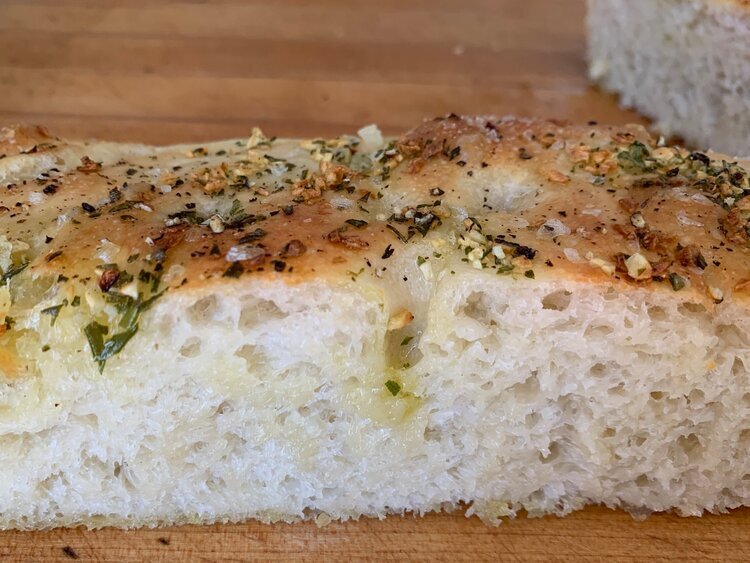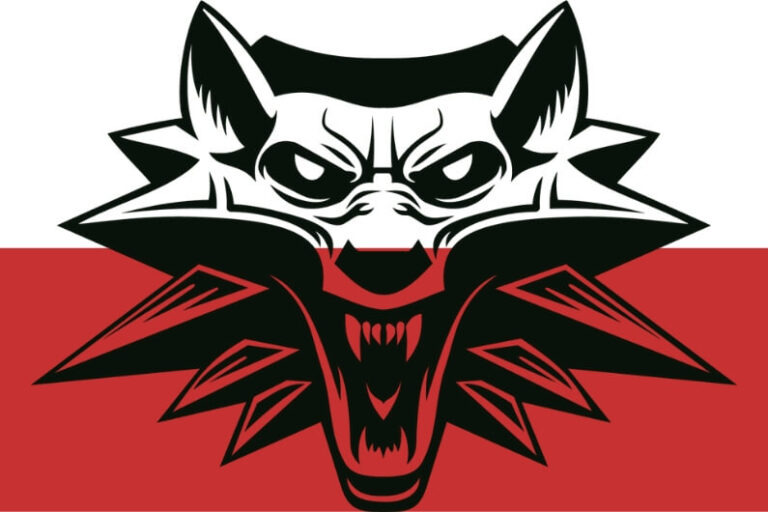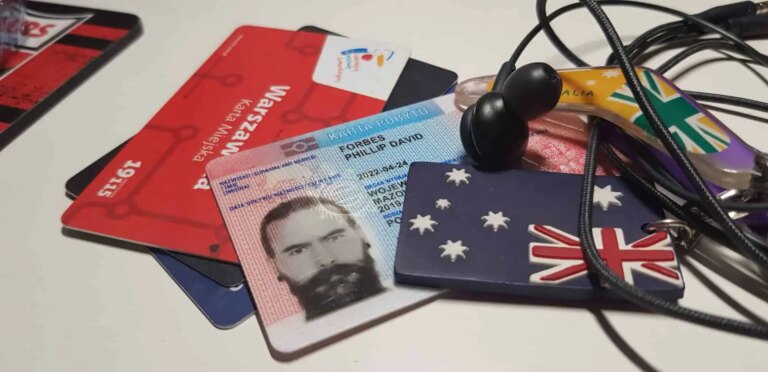A Cultural Exploration of Traditional Polish Clothing
[ad_1]
Polish traditional clothing, or ‘stroje’, stands as a vibrant testament to the nation’s rich cultural heritage. Each piece, adorned with intricate embroidery and colorful patterns, tells a story of historical epochs, reflecting Poland’s artistic ingenuity and storied past. These costumes, transcending their status as museum exhibits, continue to inspire contemporary fashion trends.
This article delves into the folk costumes of Poland, showcasing the intricate details and vibrant colors that define their unique style. We explore the beauty and diversity of traditional Polish fashion, from the colorful designs to the cultural significance behind each outfit.
Polish Folk Costume Evolution Over Centuries
The evolution of Polish folk costumes over centuries mirrors the nation’s diverse regional cultures, as seen in the various Polish cities. In regions like Pomerania, ornate headdresses symbolize cultural richness, while Pomerania’s coastal-inspired costumes reflect its maritime heritage. Each region of Poland presents a distinct style, echoing its unique cultural identity.
Lesser-known regions such as Lubusz and Kuyavia also contribute to the rich tapestry of Polish fashion, influenced by historical figures like Casimir the Great and Queen Jadwiga. Their legacies are intricately woven into the fabric of these traditional garments.
Influences from colonization, assimilation, and historical figures, much like the diverse religious landscape of Poland, have shaped these regions’ costumes, turning them into captivating stories woven in fabric. The costumes are not just attire but are emblematic of the heritage and identity of each Polish region.
Warsaw & Mazowieckie
According to popular belief, the Wilanów costume took inspiration from the decorative gate of Jan III Sobieski’s Palace in Warsaw’s Wilanów district.

This costume, a staple in the Masovia region, is renowned for its striking black embroidery adorning the upper part of women’s white sleeves – a design that has caught the eye of modern ethno-designers.
The women’s attire typically featured ankle-length skirts, complemented by slightly shorter aprons in hues of white, blue, green, or various shades of yellow.
Adding to the charm, pastel-coloured silk ribbons and beaded necklaces were woven into their hair. Unmarried girls often styled their braided ponytails into a crown-like arrangement, while married women preferred a white, embroidered linen coif headscarf. Men, on the other hand, completed their ensemble with tall top hats and felt hats.
Equally important in this traditional attire was the sukmana, a coat commonly worn by peasants. This garment was usually in navy blue or dark green.

Remarkably, up until the 19th century, this distinctive style of dress was still prevalent along the left side of the Vistula River, spanning areas from Wilanow to Powsin, Nadarzyn, Raszyn, and Piaseczno.
Silesia – A Blend of Cultures Reflected in Costume
Nestled in southwestern Poland, Silesia is a region steeped in a history rich with colonization and cultural blending. This melting pot of traditions is vividly mirrored in its traditional costumes, which are a unique tapestry of German, Dutch, and Polish influences. The Silesian costumes are distinctly categorized into two regions:
Upper Silesia and Lower Silesia, each boasting its own unique style and characteristics.

Upper Silesia’s traditional attire stands out for its elegance and meticulous craftsmanship. Women in this region typically don a long, flowing skirt, alive with vibrant floral motifs, paired with a snugly fitted bodice and an eye-catching decorative apron. The headdress, varying from dainty lace caps to ornate floral wreaths, is a crucial element, adding a touch of grace to the ensemble. These costumes are a celebration of Upper Silesia’s dedication to traditional artisanship and an eye for detail.
In Lower Silesia, the traditional costumes are a harmonious fusion of Polish and German stylistic elements. The skirts here are often adorned with rich, complex needlecraft while the blouses are embellished with fine lacework. A vibrant scarf or shawl draped over the shoulders adds a splash of color to the outfit. Lower Silesia’s costumes are not just garments; they are a vibrant tapestry of the region’s historical narrative and cultural amalgamation.
Góralskie, Podhale & Highlander clothing
The traditional folk clothing of the Polish highlanders, known as “goralskie,” is a distinctive and vibrant representation of their cultural identity. This attire, deeply rooted in the southern Poland region of Podhale, stands out for its unique elements and craftsmanship.

Women’s Highland Attire: Women’s traditional highlander clothing has evolved over time, especially influenced by fashion trends at the turn of the 19th and 20th centuries. The attire typically includes a white, cotton blouse, richly embroidered with white threads, and a woolen skirt adorned with colorful floral patterns.
A significant addition to this ensemble is the gorset, a type of corset often embroidered with plant motifs like the dziewięćsił (carline thistle) or szarotka (edelweiss), and laced up in the front with a long ribbon matching the outfit’s color scheme. Accessories such as authentic coral necklaces and traditional leather shoes, known as kierpce, enhance the outfit’s authenticity.
Married women often wear tybet (a type of fabric) shawls over their shoulders, and in colder weather, they don fur vests (serdaki) or short brown sheepskin coats, richly embroidered and trimmed with karakul sheep fur.

Men’s Highland Attire: The men’s attire is part of the broader family of Carpathian pastoral clothing and has undergone fewer changes than women’s attire. It includes góralskie trousers (portki), typically made from white woolen fabric, narrow at the bottom with a distinctive side slit fastened in cold weather.
These trousers are adorned with colorful sewing, particularly the parzenice (a type of ornamental pattern), along the sides.
The upper part of the attire consists of white or grey linen shirts, fastened at the chest with a pin made of brass, silver, or gold, depending on the wearer’s wealth. A leather belt (opasek) with embossed patterns and buckles, and traditional leather shoes (kierpce) or woolen boots (kapce) for winter, complete the outfit.
The outer garment, known as cucha, is a woolen coat that can be either white or black, with the white versions being richly embroidered. Men also wear a distinctive black felt hat adorned with white shells and, often, an eagle feather.

This attire is not just a fashion statement but a symbol of regional pride and identity, reflecting the highlanders’ connection to their heritage and the natural beauty of their mountainous homeland.
Kraków’s rebelious origins
The renowned Kraków costume gained its prestigious status largely due to Tadeusz Kościuszko, a celebrated figure of the 1794 Uprising. Kościuszko, evading Russian spies, cleverly disguised himself in the traditional attire of a Krakow peasant.
 His intention was not just to blend in but also to highlight the significant role played by the kosynierzy, or scythemen – peasant volunteers instrumental in the victory at Racławice. In a symbolic gesture, Kościuszko pledged his loyalty to the nation in Krakow’s bustling market square, attired in a white sukmana.
His intention was not just to blend in but also to highlight the significant role played by the kosynierzy, or scythemen – peasant volunteers instrumental in the victory at Racławice. In a symbolic gesture, Kościuszko pledged his loyalty to the nation in Krakow’s bustling market square, attired in a white sukmana.
Kościuszko’s widespread popularity was a key factor in popularising the Kraków region costume across Poland. Certain elements, notably the sukmana and the distinctive rogatywka caps, were adopted into the uniforms of 19th-century national insurgents.

Meanwhile, the women’s version of the Kraków costume also gained prominence, thanks to the influence of the Kraków intelligentsia, particularly those associated with the Młoda Polska or Young Poland movement. Fashionable trends emerged, including peacock feathers adorning hats, pristine white aprons, exquisitely embroidered silk corsets, and striking red beaded necklaces.
Wielkopolska – Cultural Diversity Embodied in Attire
Wielkopolska, or Greater Poland, stands in west-central part of the country, a region celebrated for its rich cultural tapestry and distinct identity. Here, each sub-region unfurls its own traditions, presenting a kaleidoscope of traditional clothing styles that are a delight for anyone with an interest in Polish fashion.

The headdresses in Wielkopolska are particularly captivating. Take Biskupizna, for instance, where women don ornate headdresses.
 These are not just any headpieces; they’re adorned with vibrant ribbons and detailed stitchwork, weaving together elegance and tradition.
These are not just any headpieces; they’re adorned with vibrant ribbons and detailed stitchwork, weaving together elegance and tradition.
Traditional Costumes of Szamotuły
Moving to Szamotuły, another sub-region of Wielkopolska, the traditional costumes are a riot of colors and intricate patterns. Women here wear bodices that are works of art, embroidered with such skill and precision that they speak volumes of the local artisans’ mastery.

The floral motifs and vivid colors of Szamotuły’s costumes are more than just visually appealing; they embody the region’s vibrant ethos.
Łowicz
Polish folk clothing, especially from the region around Łowicz, stands out as one of the most eye-catching and elegant traditional attires in Poland.

Celebrated for its vibrancy and glamour, this folk dress remains a highlight during national festivities and holidays. Over the years, while it has seen various transformations, its signature feature – the vividly coloured stripes – continues to be its defining trait. These stripes embellish almost every part of the attire, from the women’s skirts and dresses to the men’s trousers.
In the women’s folk dress, these stripes add a distinctive flair to the heavy woollen garments, aprons, corsets, and caftans. The skirts, typically reaching the ankles, are often paired with aprons that are slightly shorter, showcasing a palette of whites, blues, greens, and yellows.

Hairstyles involve braids interwoven with pastel-coloured silk ribbons and accented with beaded necklaces. Unmarried women often style their braids into a crown, whereas married women prefer a white, embroidered linen coif headscarf. For men, the fashion includes tall top hats and felt hats, lending an air of distinction to their ensemble.
An integral part of this traditional ensemble is the sukmana, a coat usually worn by peasants, predominantly in shades of white, navy blue or dark green.

Pomeranian Traditional Clothing
In Pomerania, the folk costumes stand out with their detailed stitchwork and vivid hues, mirroring the coastal environment’s vibrancy. Each sub-region within Pomerania boasts its distinct folk costume style, with Jamno and Kaszubia being particularly noteworthy for their artisanal flair.

In Jamno, the traditional attire is a feast for the eyes. Women’s costumes feature skirts bursting with color, paired with blouses that showcase meticulous sewing. The “wianek,” an elaborate headpiece, adds a refined touch, enhancing the outfit’s elegance with its intricate design.

Kaszubian clothing, a distinctive and colorful part of Polish cultural heritage, is deeply rooted in the traditions of the Pomeranian region. This traditional attire, known for its vibrant colors and intricate designs, reflects the unique identity of the Kaszubian people.
Men’s Kaszubian clothing typically includes boots with high uppers (in Kaszubian, “skòrznie”), into which white woolen trousers (“bùksë”) are tucked. The ensemble is completed with a white shirt, tied at the neck with a red ribbon, and often layered with a sleeveless or sleeved vest (“liwk”). Over this, a coat (“sukmana”) adorned with fine needlework in navy, black, or brown, lined with red fabric, is worn. Headwear varies from a black felt hat to a fur cap (“mùcã”) in winter.

Women’s attire for daily work includes headscarves and short-sleeved blouses, sometimes adorned with a red ribbon, along with multicolored skirts and wooden clogs. At home, women wear caps made of two parts: a base and a hanging section, often wrapped with a headscarf. Their festive attire doesn’t differ much from their work clothes, except for the addition of woolen, fringed brown shawls over the shoulders.
The Kaszubian costume’s color palette varies by region: northern areas favor blue, while central and southern Kaszubia prefer green, brown, and yellow. These regional variations add to the rich tapestry of Kaszubian cultural expression.
Historical Figures – Influence on Polish Fashion
historical figures have left an indelible mark on the evolution of traditional costumes. Their influence has shaped the styles, designs, and cultural resonance of these garments, making them more than just clothing, but rather a narrative of Poland’s past.
King Casimir the Great, who ruled in the 14th century, is a prime example. His era was one of artistic flourishing and economic growth, which naturally extended to the realm of fashion.
Casimir’s penchant for luxury and elegance is evident in the traditional costumes of the time, which feature intricate stitchwork and the use of fine fabrics. This period’s attire reflects a blend of opulence and artistic expression, a testament to Casimir’s impact on Polish sartorial history.
Equally influential was Queen Jadwiga of Poland, whose reign brought a distinct sense of regality and sophistication to Polish fashion.

Known for her refined taste, Hedwig’s influence is particularly visible in the elaborate headdresses and ornate designs of traditional Polish costumes. These elements of style, echoing her elegance, continue to inspire modern designers and artisans.
Each traditional Polish costume, enriched by these historical influences, narrates a unique story, embodying the cultural identity of its region. The legacy of figures like Casimir and Hedwig is woven into the very fabric of these garments:
- Casimir the Great’s era brought intricate embroidery and the use of luxurious fabrics to the forefront.
- Jadwiga of Poland’s reign is mirrored in the elaborate headdresses and ornate designs that characterize traditional Polish attire.
By examining the costumes linked to these historical figures, we gain insight into the rich history and cultural heritage. These garments are not just a visual feast; they are a celebration of the artistry and craftsmanship passed down through generations. Embracing traditional Polish fashion is to honor the legacy of these influential figures, keeping their stories and contributions alive through the enduring beauty of clothing.
Conclusion
Polish folklore and traditional fabrics, much like the celebrated Polish vodka, play a pivotal role in the national costume, a vivid reflection of Poland’s diverse regions and rich rural culture. Each costume, with its unique needlecraft and vibrant hues, narrates the distinct identity of its region.
Our overview of the folk costumes has taken us through Poland’s varied landscapes, from Silesia’s cultural fusion to Wielkopolska’s diverse styles. We’ve also discovered the lesser-known yet equally captivating attire of regions like Lubusz, Kuyavia, and Dobrzyń, showcasing the creativity of local artisans.
Historical figures like Casimir the Great and Jadwiga, among many famous Polish people, have significantly influenced these traditional styles, embedding their legacy in the fabric of Polish culture.
Traditional Polish clothing is more than just attire; it celebrates the nation’s heritage, artistry, and the myriad regional cultures that define Poland’s unique character.
[ad_2]


 Source
Source




